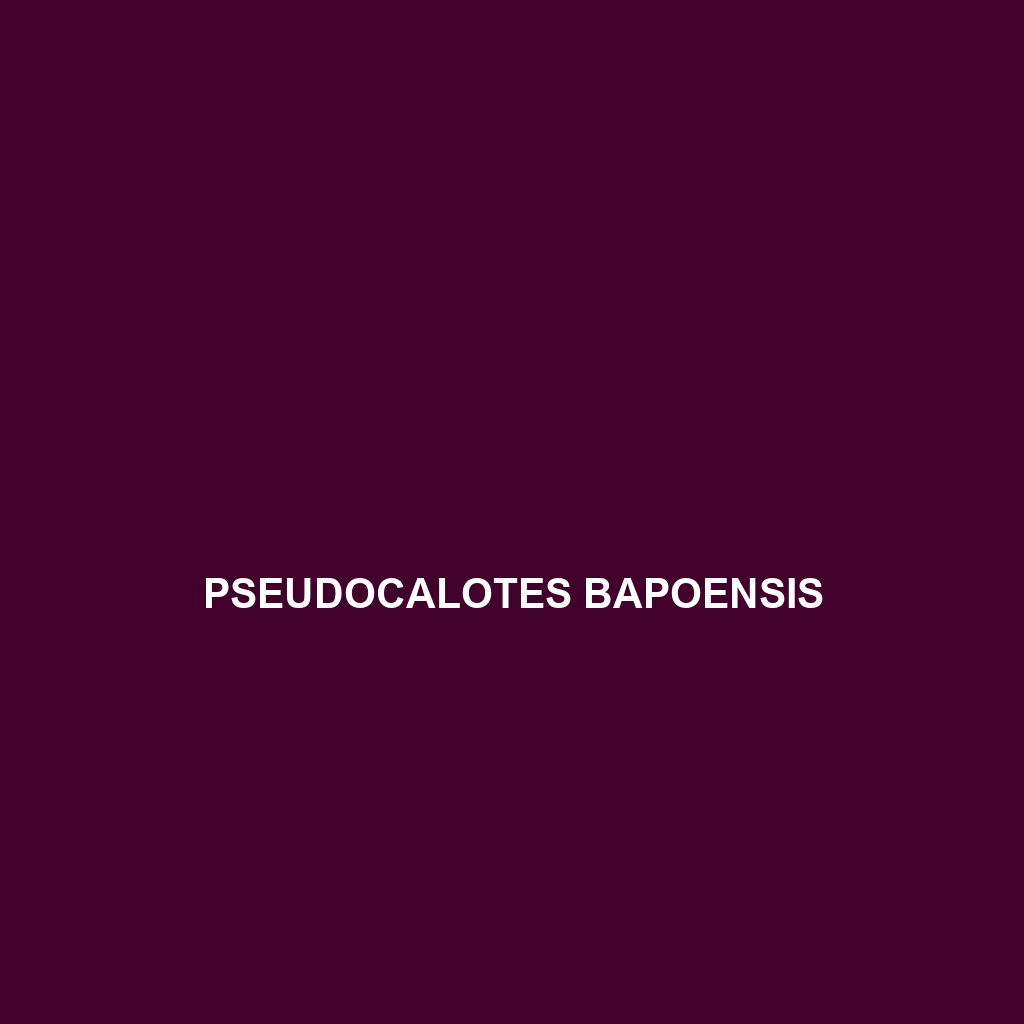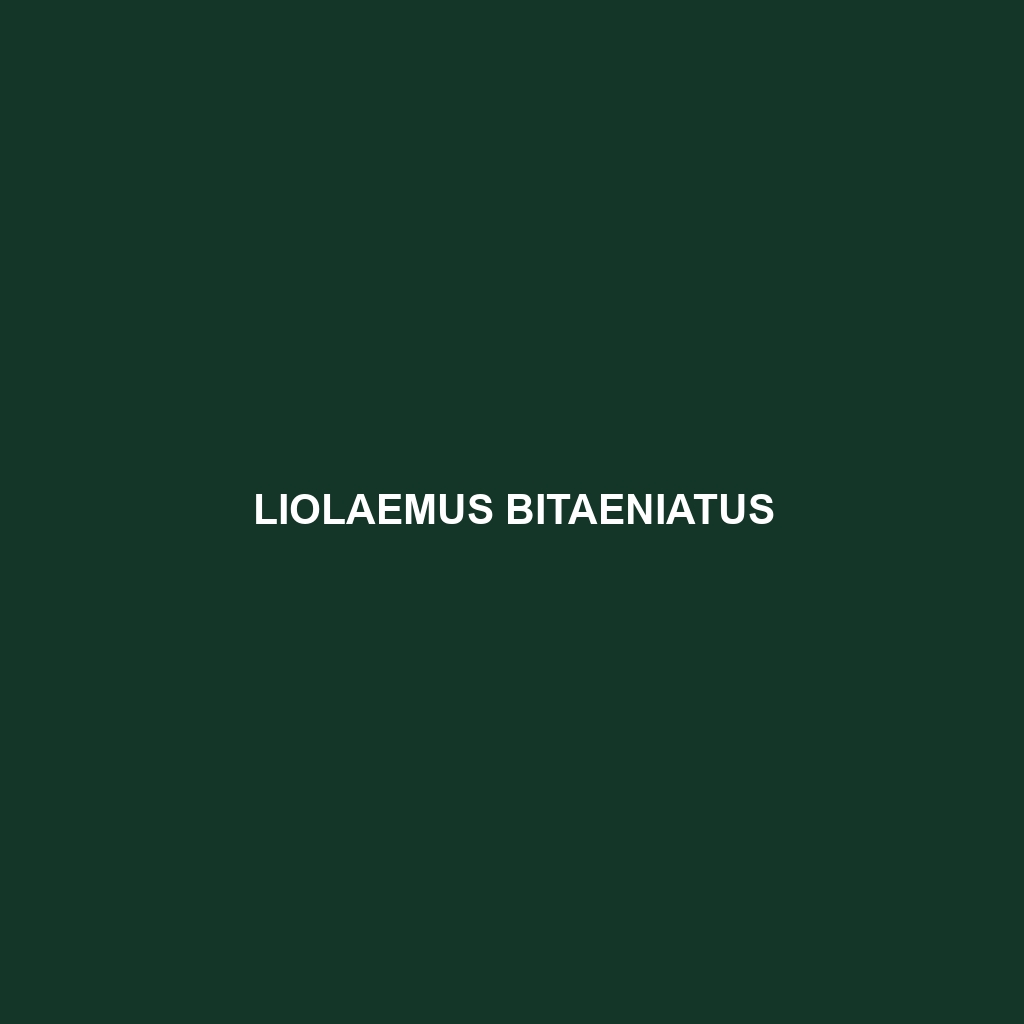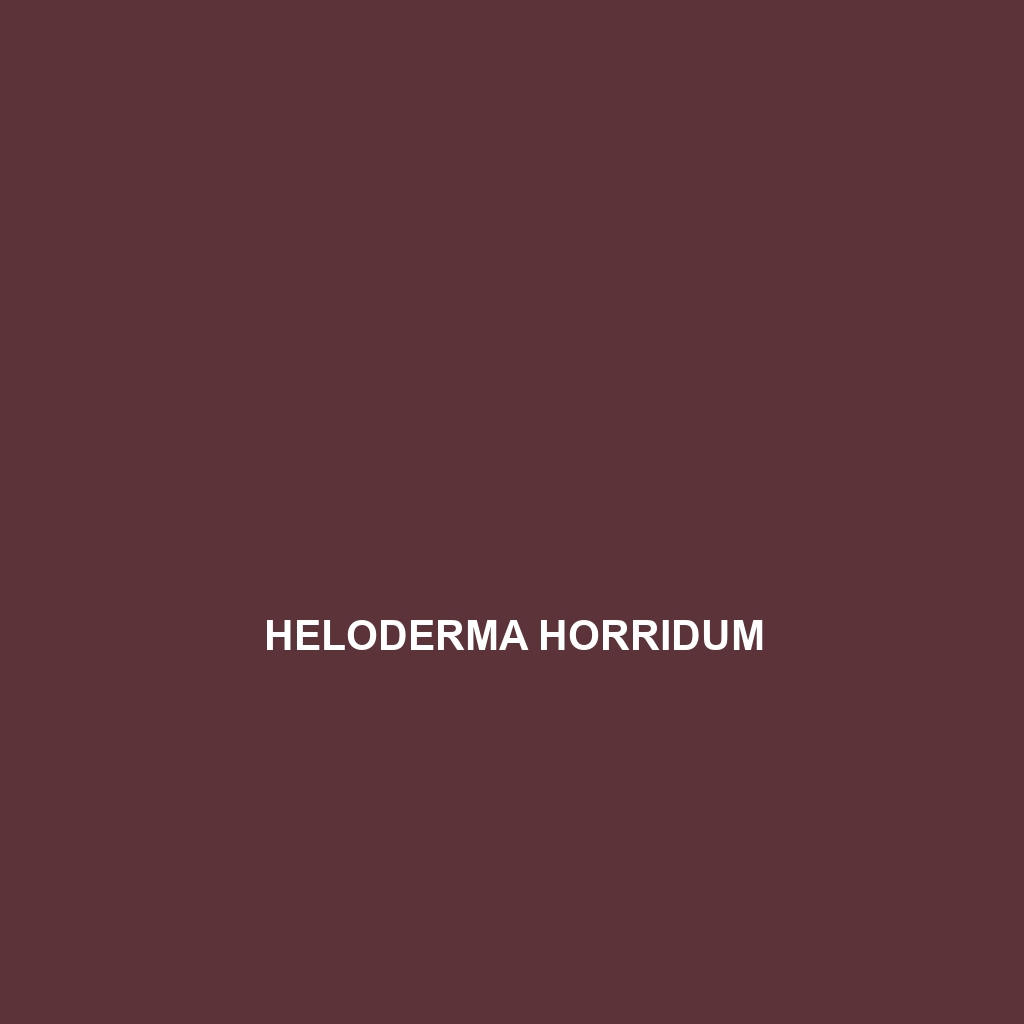The Sitana laticeps, or broad-headed lizard, is a vibrant and adaptable species found in tropical grasslands and savannas across the Indian subcontinent. Known for its distinct flattened body and striking blue throat in males during mating season, this diurnal insectivore plays a crucial role in controlling insect populations and maintaining ecosystem balance.
Tag: predatory lizards
Sitana laticeps
The Sitana laticeps, or broad-headed lizard, is a vibrant and adaptable species found in tropical grasslands and savannas across the Indian subcontinent. Known for its distinct flattened body and striking blue throat in males during mating season, this diurnal insectivore plays a crucial role in controlling insect populations and maintaining ecosystem balance.
Pseudocalotes bapoensis
<p><b>Pseudocalotes bapoensis</b>, also known as the Bapo Lizard, is a vibrant, arboreal species found in the rainforests of Southeast Asia, measuring 15 to 20 cm with distinct color-changing abilities. Primarily insectivorous, this nocturnal lizard plays a vital role in maintaining ecological balance by controlling insect populations.</p>
Pristurus obsti
<p><b>Pristurus obsti</b> is a striking nocturnal lizard native to Africa’s savannas and semi-deserts, characterized by its slender, sandy-colored body, large bulging eyes, and exceptional climbing skills. This insectivorous species plays a vital role in its ecosystem by regulating insect populations and serving as prey for larger animals.</p>
Pseudocalotes bapoensis
<p><b>Pseudocalotes bapoensis</b>, also known as the Bapo Lizard, is a vibrant, arboreal species found in the rainforests of Southeast Asia, measuring 15 to 20 cm with distinct color-changing abilities. Primarily insectivorous, this nocturnal lizard plays a vital role in maintaining ecological balance by controlling insect populations.</p>
Pristurus obsti
<p><b>Pristurus obsti</b> is a striking nocturnal lizard native to Africa’s savannas and semi-deserts, characterized by its slender, sandy-colored body, large bulging eyes, and exceptional climbing skills. This insectivorous species plays a vital role in its ecosystem by regulating insect populations and serving as prey for larger animals.</p>
Pedioplanis burchelli
<p><b>Pedioplanis burchelli</b>, known as Burchell's sand lizard, is a medium-sized, strikingly colored insectivore native to the savannas and grasslands of southern Africa, including Namibia and Botswana. This agile lizard exhibits remarkable camouflage and thermoregulatory behavior, playing a vital role in its ecosystem as both predator and prey.</p>
Liolaemus bitaeniatus
<p><b>Liolaemus bitaeniatus</b>, also known as the two-striped lizard, thrives in the temperate forests and savannas of southern South America, featuring striking green and brown patterns with dark stripes. This insectivorous species plays a vital role in controlling insect populations and exhibits unique behavioral adaptations for survival.</p>
Lerista emmotti
<b>Lerista emmotti</b>, commonly known as Emmott's Lerista, is a slender, elongated lizard found in the arid regions of Australia, thriving in sandy soils of savannas and temperate forests. This insectivorous species exhibits fascinating nocturnal behavior and remarkable adaptations for survival in harsh climates, playing a vital role in its ecosystem by controlling insect populations and enhancing soil health through its burrowing activities.
Heloderma exasperatum
<p><b>Heloderma exasperatum</b>, commonly known as the Mexican beaded lizard, is a strikingly beautiful, venomous lizard characterized by its black and dark brown body adorned with vibrant yellow and orange bead-like patterns. This nocturnal predator, native to western Mexico's temperate forests and savannas, plays a crucial role in its ecosystem while facing threats from habitat destruction and illegal trade.</p>









